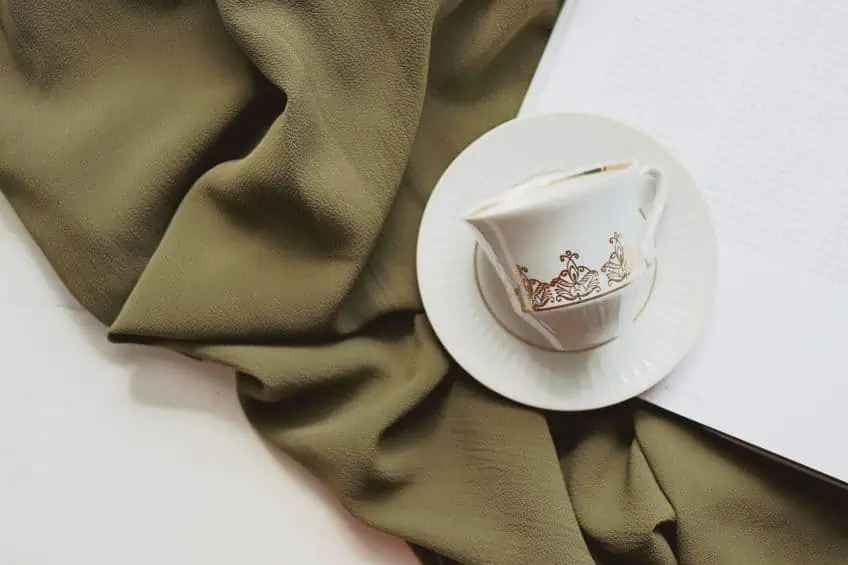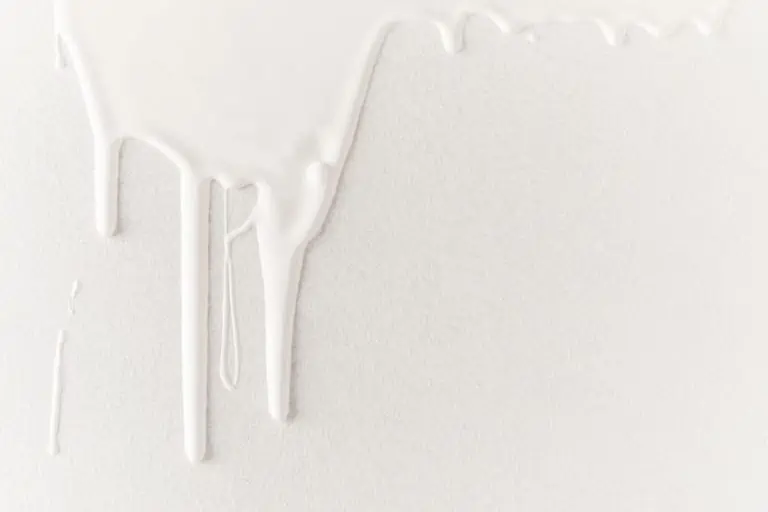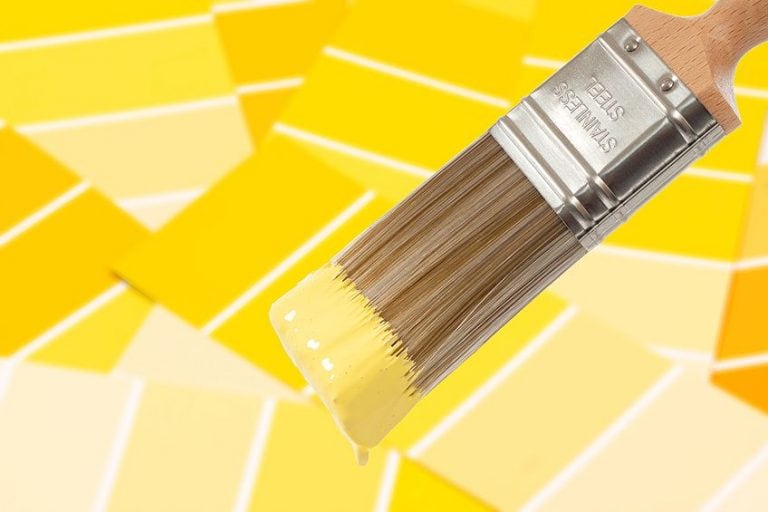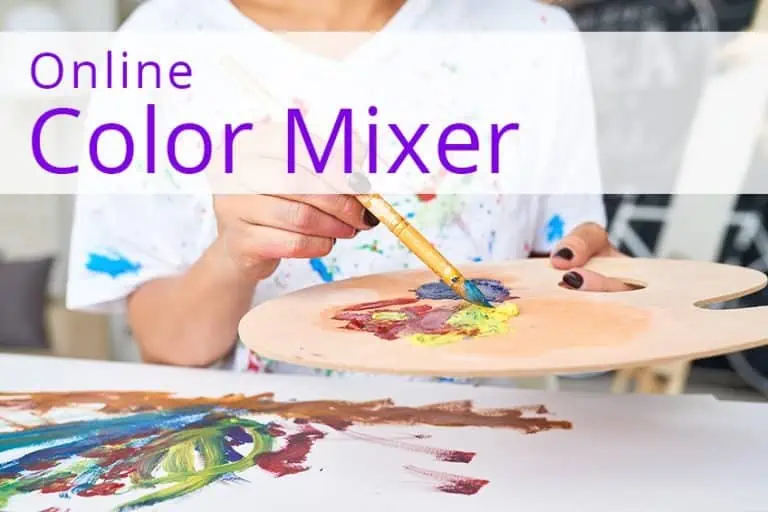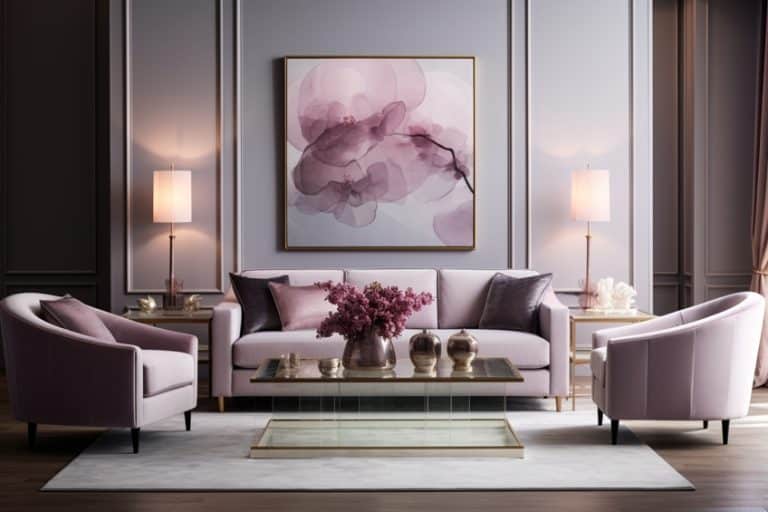Khaki Color – Using Different Shades of Khaki in Art and Design
This post may contain affiliate links. We may earn a small commission from purchases made through them, at no additional cost to you.
Out of all the colors that we have available to us in our everyday lives, it is not often that you will hear of someone calling Khaki their favorite color. While this may make it seem to the untrained eye as if khaki is somewhat of a boring color, there is good reason as to why its proliferance has sustained since it was first donned and subsequently popularized within the military by the British Indian Army from the early 1940s. In fact, this is a color that has become one of the main components in the palettes of many of the greatest films, paintings, and clothing brands, to name but a few examples. To help you fully realize the power behind the color khaki, we will be taking a deep dive into this shade in the article below.
Table of Contents
What Color Is Khaki?
Khaki is a color typically widely conflated with colors such as beige, ecru, camel, fawn, and tan. This is often due to the rather inherent similarities between most colors on the earth tone palette. More specifically, however, khaki can be seen as a light brown with hints of yellow and green. This color, due to its blend of neutral, earthy tones, is able to invoke feelings of warmth, peace, and impartiality, making it an ideal color used by spas and lodges the world over.
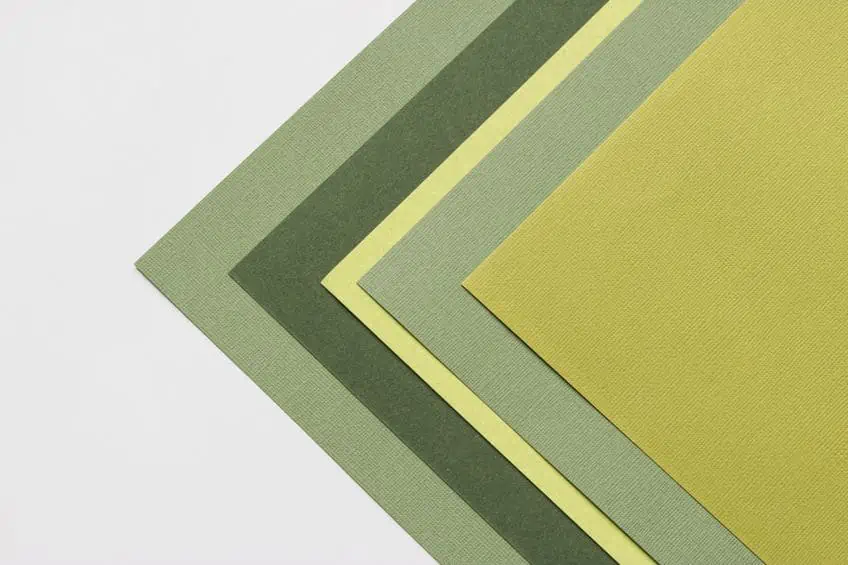
A Timeline of the Khaki Color
The history of the color khaki goes as far back as history itself, all thanks to the steady and timeless abundance of naturally occurring materials that make up this pigment. Here, we will be going over the history behind the khaki color, as well as how it has been utilized throughout time up to our current day.
History
The origin/etymology of the color khaki stems from the Hindustani language in the form of the word xaki, which translates directly into “soil-colored”. This version of the famous color name was in itself derived from the Persian word khak, which simply translates to “soil”. With such a rich profusion of minerals within this color, khaki was utilized in a variety of ancient artworks, namely pottery, paintings, statues, and so on.
The color was used to bring in and create more natural elements that could be felt throughout the completed works.
An example of famous paintings that utilized khaki as a primary color would include anything that was created by the famous Mexican painter, Frida Kahlo, whose works consisted of self-portraits. Despite her key focus on portraiture, she was never opposed to drawing inspiration from the nature that surrounded her, as well as the many artifacts that could be found throughout Mexico. Many of these paintings, if not all, contained Khaki in their palettes – even if to varying degrees.
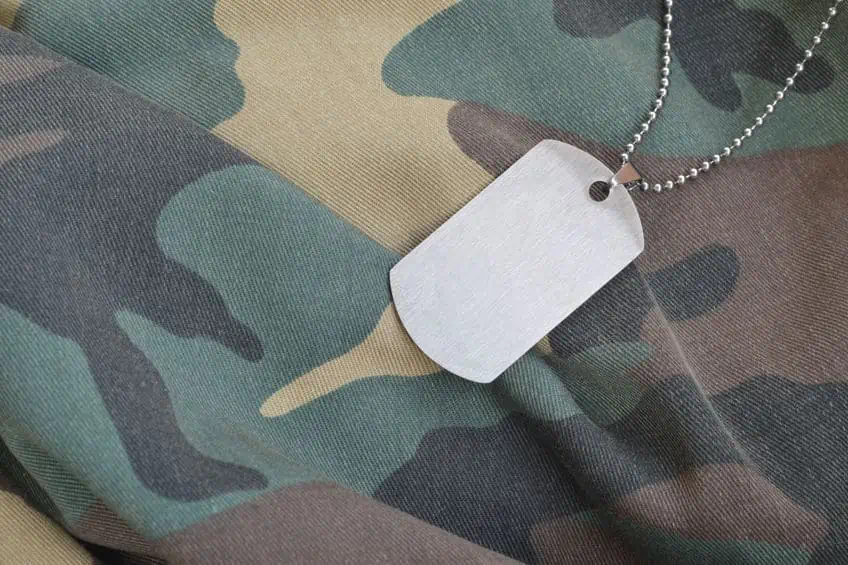
However, as previously mentioned, khaki became a widely used color in the military and was popularized by the Corps of Guides, a regiment of the British-Indian army that served on the North-West frontier of the British Empire, now known as present-day Kyber Pakhtunkhwa from roughly December 1846. Soldiers came about this particular color by dyeing their uniforms by combining curry powder, mud, and tea into their pants. They would then blend it all together into their uniforms in order to achieve the same colors and tones and would dominate the harsh, dry, and dusty environments that would surround them. This was soon after noticed by other armies and adopted by regiments that served in similarly sandy and barren landscapes.
Modern Times
In our modern day, asking someone, “What color is khaki?” may bring about at least some amount of initial uncertainty. This is partly due to the nature of how the actual word has been used. While the word is still commonly used to refer to the color, it has also become increasingly popular as a reference to the article of clothing. This variation of the word can be attributed to the aforementioned use of the color by the British-Indian army in the 1940s, which became incredibly popular amongst civilians following the Second World War. While khaki pants were originally produced using the color of the same name, it has since adopted a variety of different colors.
This sparked the onset of a new term used to refer to khaki pants, now widely known as “chinos”. Today, khaki can be found in all manner of clothes, providing the wearer with a sleek and stylish earthy tone that anyone with a firm sense of fashion can appreciate when paired with matching colors.
Shades of Khaki
If you want a visual aid to better understand what color is khaki, as well as the various different shades of khaki, then this next section may be especially interesting to you. The shades of khaki are too numerous to cover in this article alone, but a few of the most popular examples can be found in the table below.
| Khaki Color | Hex Code | RGB | CMYK (%) | Shade of Khaki |
| Dark Khaki | #998877 | 153, 136, 119 | 0, 7, 13, 40 | |
| Vintage Khaki | #9A9186 | 154, 145, 134 | 0, 4, 8, 40 | |
| True Khaki | #B8AE98 | 184, 174, 152 | 0, 4, 13, 28 | |
| British Khaki | #BCAF97 | 188, 175, 151 | 0, 5, 15, 26 | |
| Khaki #2 | #C3B091 | 195, 176, 145 | 0, 7, 20, 24 | |
| Indian Khaki | #D3B09C | 211, 176, 156 | 0, 14, 22, 17 | |
| Desert Khaki | #D6CDB7 | 214, 205, 183 | 0, 4, 12, 16 | |
| Khaki | #F0E68C | 240, 230, 140 | 0, 4, 39, 6 | |
| Bright Khaki | #F1E78C | 241, 231, 140 | 0, 4, 40, 5 | |
| Bright Khaki #2 | #FBE4AF | 251, 228, 175 | 0, 9, 30, 2 |

While there clearly seems to be a stark degree of variance among the shades that still fall under the khaki color, you may be interested to know that there are a few colors that can show you how to make the khaki color. Although the pigment of khaki is made up of green and yellow undertones, many have found it surprising that this color can be created using a variety of different color combinations. For instance, you can either go the simple route by mixing white with brown and then adding more of either color to create lighter or darker tones, respectively. Another way to make khaki would entail that you combine colors such as blue and orange.
| Color | Hex Code | RGB | CMYK (%) | Shade of Color |
| White | #FFFFFF | 255, 255, 255 | 0, 0, 0, 0 | |
| Brown | #964B00 | 150, 75, 0 | 0, 50, 100, 41 | |
| Blue | #0F4C81 | 15, 76, 129 | 88, 41, 0, 49 | |
| Orange | #FFA500 | 255, 165, 0 | 0, 35, 100, 0 |
However, if you are wanting to blend together a shade of khaki that presents undertones of green or even olive, but you are without either of these colors, then here’s what you can do. Simply combine yellow and blue to make your own green before blending it with one of the other two-color combinations mentioned above. Just make sure that you do so in sparing amounts, as the richness of your newly blended color may work against your favor while figuring out how to make the khaki color.
Matching With Khaki
When you plan on wearing such a color, it is important that you know what colors go with khaki. This will not only allow you to dress seamlessly but to also make the most out of this seemingly drab color. While it is not unheard of to match khaki with practically any color on the visible spectrum (a quality that makes khaki unlike any other), it is common to match khaki with similarly natural shades, namely greens, blues, whites, and yellows.
While you now may know what colors go with khaki, it can be equally significant to know which articles of clothing should be fitted with which color.
It has become popular to utilize khaki as the primary color of your outfit to be used on your pants and potentially an overcoat. To accompany this, many people have opted into wearing shoes that are either white or any lighter color. Alternatively, you could go the darker route, but with a pastel palette instead. In regard to shirts, many people tend to stick with lighter shades of practically any color, giving any outfit a subtle pastel look that can turn heads with ease.
More specifically, however, there are countless different color combinations that can provide the wearer with a style that is sleek, smart, and subtle. Some of the more popular color combinations include khaki and practically any shade of blue. Thanks to the versatility that khaki is able to provide to the wearer, this spectrum of blue ranges all the way from baby blue to cobalt blue. While the former may produce feelings of relaxation and peace, allowing the wearer to seem friendlier and easygoing, the latter may instead give off a sense of authority and trustworthiness. This can allow the wearer the opportunity to give off just the right tone at a house party or while in the office, respectively.
| Blue Color | Hex Code | RGB | CMYK (%) | Shade of Blue |
| Baby Blue | #89CFF0 | 137, 207, 240 | 43,147, 0, 6 | |
| Cobalt Blue | #0047AB | 0, 17, 171 | 67, 39, 0, 33 |
On the opposite side of the color wheel, we have the color red. Although this may be the bright color on our list, you may be surprised at how complimentary such a combination could be. Due to how striking this color can be when used among your outfit, you can be sure to make a statement regardless of if you are simply utilizing hints of red, such as with a tie or a belt, or as a more substantial element of your outfits, such as a shirt or pants.
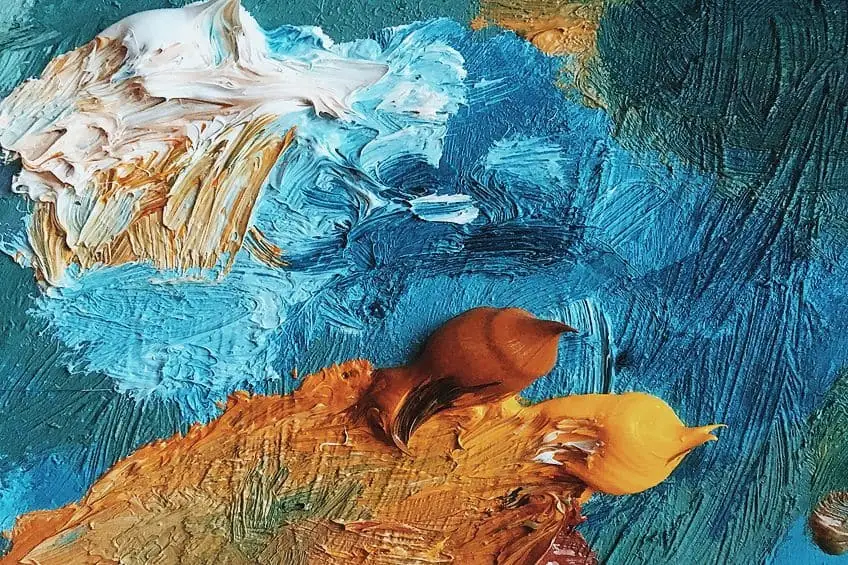
Similar to our previously mentioned color, almost any shade of red can as a perfect side to the main meal that is our color khaki. However, two of the most striking shades would have to include rose as well as maroon. It should be noted that due to the history that red has within our society, the feelings that the wearer brings up among those in their surroundings can go one of two ways. This is because just as much as red has been associated with love and romance, it has been associated with blood and warfare. In fact, history has likened red to the Devil just as much as it has likened it to Cupid. However, in combination with khaki, it may be safe to say that danger is not the first thing to be thought of by the wearer, or their circle of friends surrounding them. Regardless of how the wearer presents themselves while wearing this particular color with khaki, however, they can rest easy knowing that they will still look good in almost any setting.
| Red Color | Hex Code | RGB | CMYK (%) | Shade of Red |
| Rose | #FF007F | 255, 0, 127 | 0, 100, 50, 0 | |
| Maroon | #800000 | 128, 0, 0 | 0, 100, 100, 50 |
As you may be able to tell, despite khaki being a fairly average color in nature, there is a lot of detail and history behind it all, plenty of which we just simply could not fit into this piece. However, we hope that this has still been of help to your search behind the meaning, history, and uses of colors that can be found in our natural world. We appreciate you taking the time to read through our coverage of khaki, and hope to catch your attention again soon!
Frequently Asked Questions
How Did Khaki Get Its Name?
The name for khaki is originally derived from the older Persian words, which referred to soil or dust. This term later inspired Urdu and Hindustani words with similar pronunciations, meanings, and uses. This term was then adopted by the British Indian army during the 1840s, where it was used as a primary color on military uniforms.
When Did Khaki Become Popular?
The first true popularization of the color khaki stems from the mid-1840s, a time when the British-Indian soldiers would often dye their pants in curry powder, mud, and tea before blending it all in using their surrounding landscapes.
Duncan graduated with a diploma in Film and TV production from CityVarsity in 2018, after which he continued pursuing film while taking on a keen interest in writing along the way. Since having graduated, he began working as a freelance videographer, filming a variety of music videos, fashion and short films, adverts, weddings and more. Throughout this, he’s won a number of awards from various film festivals that are both locally and internationally recognized. However, Duncan still enjoys writing articles in between his filming ventures, appreciating the peace and clarity that comes with it.
His articles focus primarily around helping up-and-coming artists explore the basics of certain colors, how these colors can be paired with other shades, as well as what colors are created when you mix one with another. All while relating these shades to historically significant paintings that have incorporated them into their color palette. As a lover of the arts himself, he takes great interest in the Renaissance era of paintings, an era that has directly inspired many of his favorite films.
Learn more about Duncan van der Merwe and about us.
